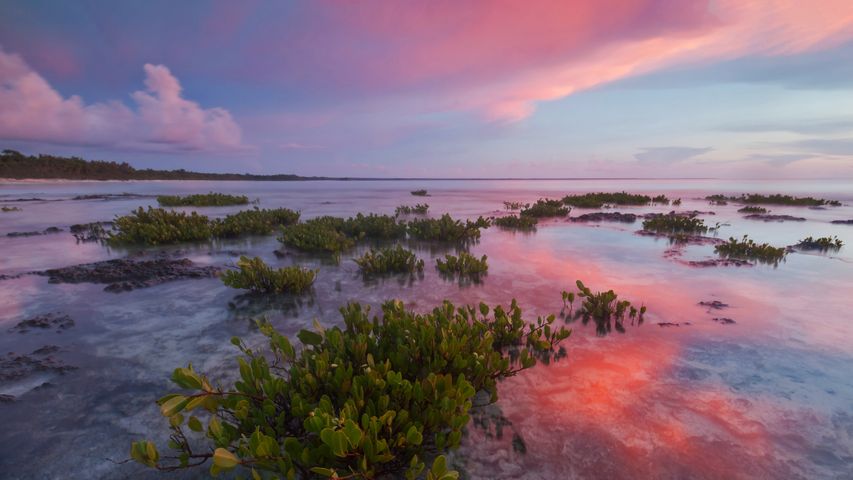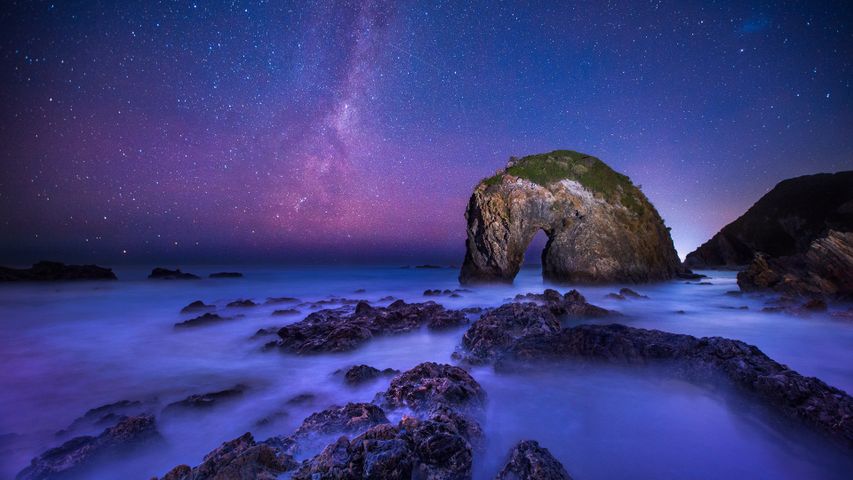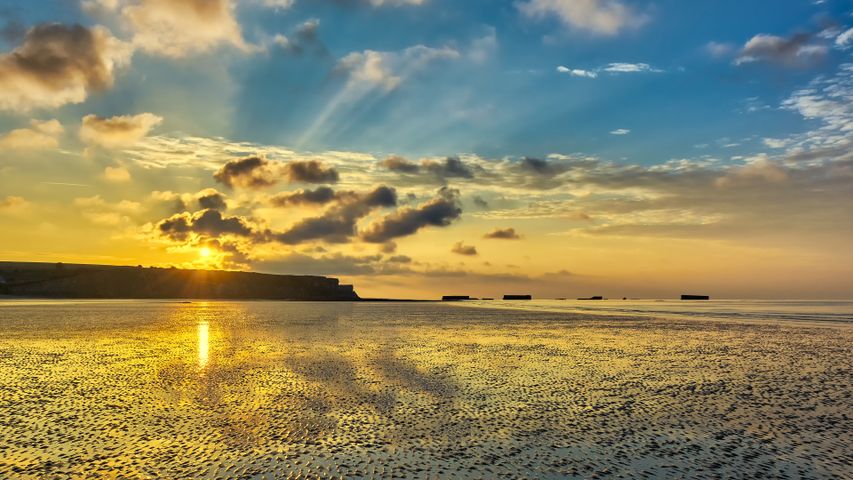Red mangrove tree seedlings in Guanahacabibes National Park, Cuba
© Claudio Contreras/Minden Picture
All hail the mighty mangrove!. Red mangrove in Guanahacabibes National Park, Cuba
Today we’re admiring red mangrove seedlings at Guanahacabibes National Park in Cuba. Mangrove forests not only protect coastlines but are a crucial component of tropical coastal ecosystems and are uniquely suited to thrive in brackish or salty water. These hardy trees can withstand the force of tremendous waves and ferocious winds, fending off the damaging effects of storms and erosion.
Below the surface they work just as hard: Their complex root systems filter out salt and provide shelter and protection for marine life, encouraging biodiversity. Here in Guanahacabibes, that marine life includes several species of turtles as well as red swamp crayfish and a slew of reptiles and amphibians.
Another reason to tip our hats to the mighty mangroves? They capture up to 10 times more carbon dioxide from the atmosphere than tropical forests do. They're also incredible carbon sinks, storing much more carbon in their roots than their terrestrial counterparts.
Related Images
Bing Today Images


 Orosei, Sardinia, Italy
Orosei, Sardinia, Italy
 Fishing village of Tilting, Fogo Island, Newfoundland and Labrador, Canada
Fishing village of Tilting, Fogo Island, Newfoundland and Labrador, Canada
 Mesquite Flat Sand Dunes in Death Valley National Park, California, United States
Mesquite Flat Sand Dunes in Death Valley National Park, California, United States
 The Milky Way over Horse Head Rock, New South Wales, Australia
The Milky Way over Horse Head Rock, New South Wales, Australia
 Vila Franca Islet, São Miguel Island, Azores, Portugal
Vila Franca Islet, São Miguel Island, Azores, Portugal
 Greater flamingos, Lüderitz, Namibia
Greater flamingos, Lüderitz, Namibia
 Arromanches-les-Bains in Normandy, France
Arromanches-les-Bains in Normandy, France
 Cala Luna beach, Sardinia, Italy
Cala Luna beach, Sardinia, Italy




